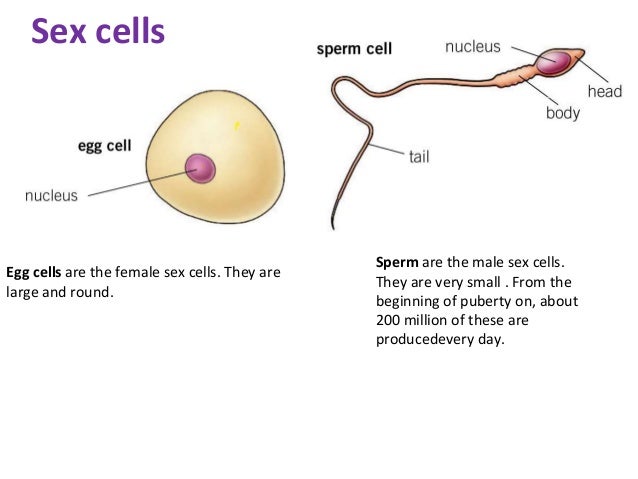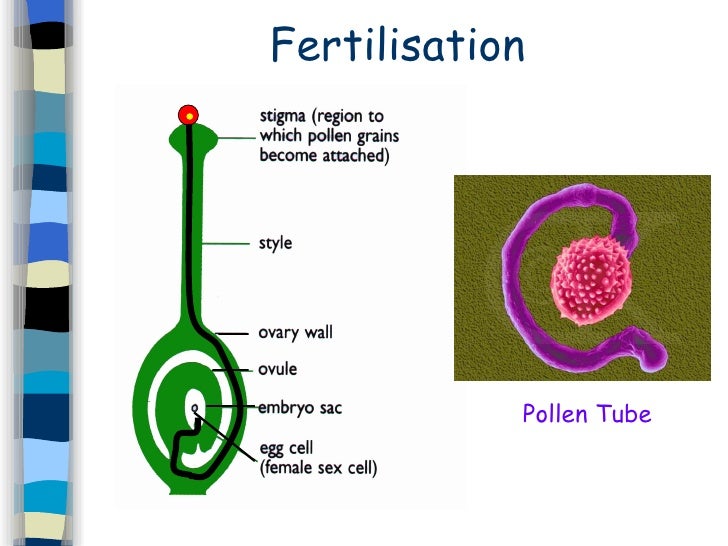The male reproductive system includes the scrotum, testes, spermatic ducts, sex glands, and penis. These organs work together to produce sperm, the male gamete, and the other components of semen.


Biology4s.com! This tutorial introduces cell structure. Other sections include plants, systems, invertebrates, vertebrates, and microorganisms.
Organisms of many species are specialized into male and female varieties, each known as a sex. Sexual reproduction involves the combining and mixing of genetic traits: specialized cells known as gametes combine to form …


The purpose of the organs of the male reproductive system is to perform the following functions:. To produce, maintain, and transport sperm (the male reproductive cells) and protective fluid (semen)
The testes (singular: testis), commonly known as the testicles, are a pair of ovoid glandular organs that are central to the function of the male reproductive system.
A male organism is the physiological sex that produces sperm.Each spermaton can fuse with a larger female gamete, or ovum, in the process of fertilization.A male cannot reproduce sexually without access to at least one ovum from a female, but some organisms can reproduce both sexually and asexually.



Let’s talk about sex chromosomes Why male and female cells behave differently after being reprogrammed into stem cells Date: April 19, 2018 Source:

Leydig Cells Interstitial or Leydig cells are located in the connective tissue surrounding the seminiferous tubules. They produce testosterone, the male sex hormone responsible for the growth and maintenance of the cells of the germinal epithelium and the development of secondary sex characteristics.
Offspring arise from the union of specialized sex cells a female egg and a male sperm.
A person’s sex is either male or female.For example: John’s sex is male.Jane’s sex is female.This difference is sometimes called gender.. In humans, the sex of a person depends on what sex chromosomes that person got from his or her parents.

